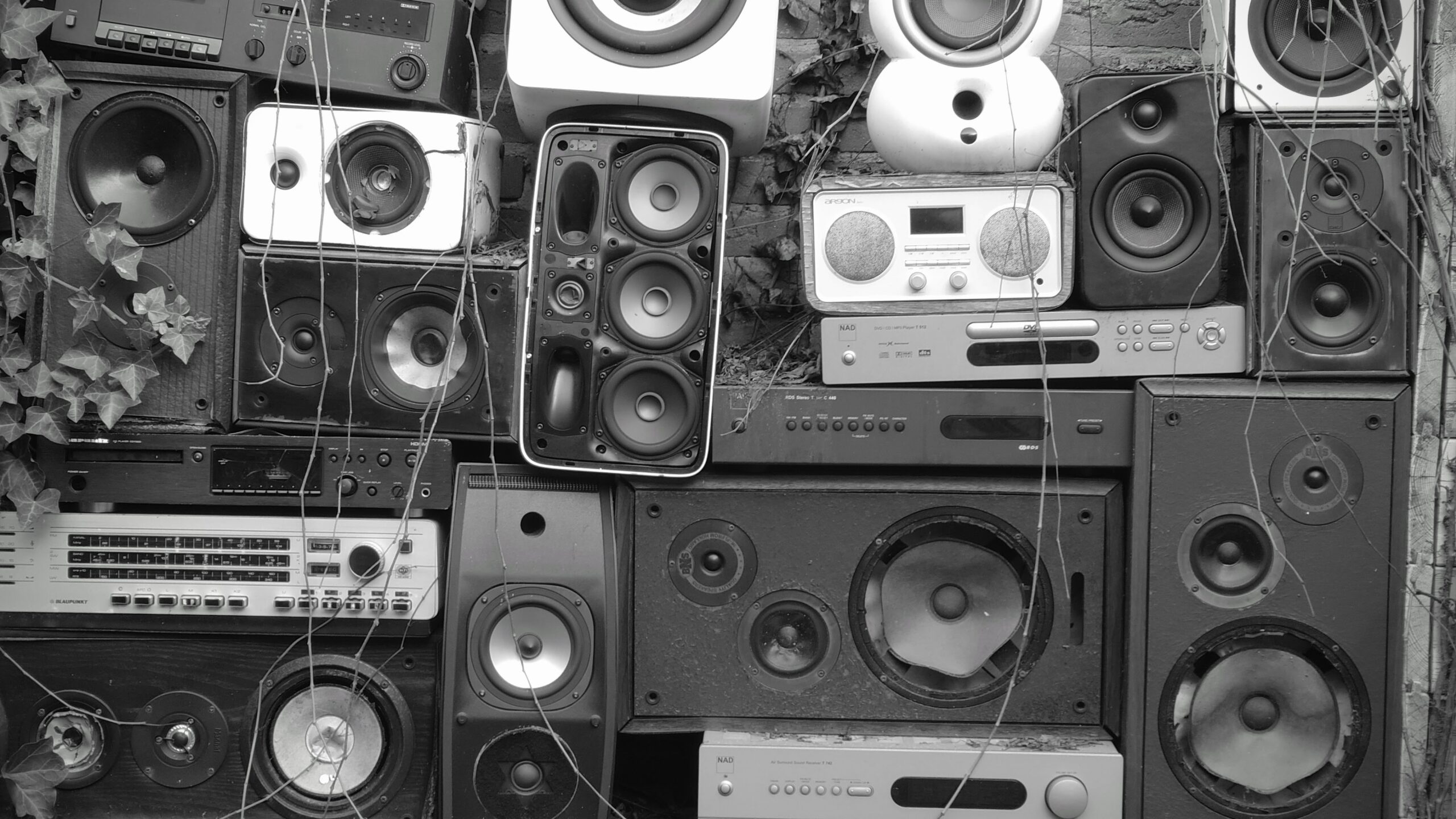Nothing is more important to the sound of your system than speaker placement. Gerard offers sage advice on getting it right.

To get the best sound from your purchase and the biggest bang for the buck, you have to consider two main factors: One, is the room you place them in; you don’t hear just the speakers, but the speakers and the room combined. And two, is where and how the speakers are placed.

Should you place them near the rear wall, or far away from it? Should you avoid the corners of the room? What about having a large mass between the speakers, such as a fireplace? Should you toe in the speakers, or face them straight ahead? Do you need to break out a tape measure, or even a laser device for the more perfectionist among you, to make sure the whole installation is symmetrical? What about early reflections as the sound bounces off nearby surfaces before reaching your ears?
I believe the first thing to determine is what the designer intended. Sometimes it’s obvious. If the speaker has a port positioned at the rear of the enclosure, it is not destined for placement against the rear wall.
Most horn speakers almost certainly are. Indeed, some, such as Klipsch’s famous Klipschorn, are meant for a corner, where the three-room surfaces — two walls and the floor — could act as an extension of the horn mouth and reinforce their bass. Placing a horn right on the back wall still helps, but I often see showrooms with horns well out into the room. They sound thin and lifeless that way.

Most audio enthusiasts are aware that standing waves, ugly audio resonances, are to be avoided. That’s the reason you don’t want a room with dimensions that are the same or multiples of each other. So why would someone use a tape measure or a laser device to get the setup perfectly symmetrical? Perhaps symmetry isn’t such a good thing after all, then. If you draw an imaginary line between your speakers, most people will place that imaginary line so that it is parallel to the rear wall. But some of the most experienced exhibitors at audio shows take a different tack, placing the imaginary line at an angle to the back wall, perhaps 30 degrees. There will still be standing waves, but now they will be at widely scattered frequencies. At the same time, the speakers will “think” that the side walls flare out. Those dreaded early reflections will be scattered.
But placing the speakers is not the only key to a good listening environment. Where will you be sitting? The back of the room may not be the best place for you.
It’s no secret that most spaces are not acoustically optimal. The closer you sit to the speakers, the more you will be hearing the speakers themselves rather than the sound reflected by the room (headphones are the extreme example). In a difficult room, you may choose to sit close to the speakers, which you would then toe in so that each points to you. Indeed, most recording studios supplement their expensive monitors with a pair of economy speakers placed right on the mixing console for what is known as nearfield listening. (Many engineers refer to them as “shitboxes” for reasons I won’t go into now.) The stereo effect will be much more pronounced without the need to sit at some central “sweet spot.” With fewer standing waves, there will be less confusion in the soundfield and in the instrumental timbres.

My recommendations may or may not work for you, and you should experiment. What works in one room may yield vastly different results in your own room and with your own speakers, but there’s a handy shortcut I like to use.
Place a small portable radio or a Bluetooth speaker atop one of your loudspeakers. Close your eyes, turn a couple of times on your heel, sit down, and, with your eyes still shut, point to the little Bluetooth speaker. Did you find it easy to do? If you hesitated, that means the sound is getting overly scattered before it reaches your ears, and you’ll find the spatial image confused and imprecise.
Remember that fireplace between your speakers? If you experiment, you’ll probably find that bringing the speakers well out into the room will minimize the acoustic damage caused by the mass of the fireplace, or even your equipment rack. But don’t just take my word for it. Try it, take notes, be diligent, and you’ll be rewarded with some of the best sound you’ve heard in your home.











Leave a Reply